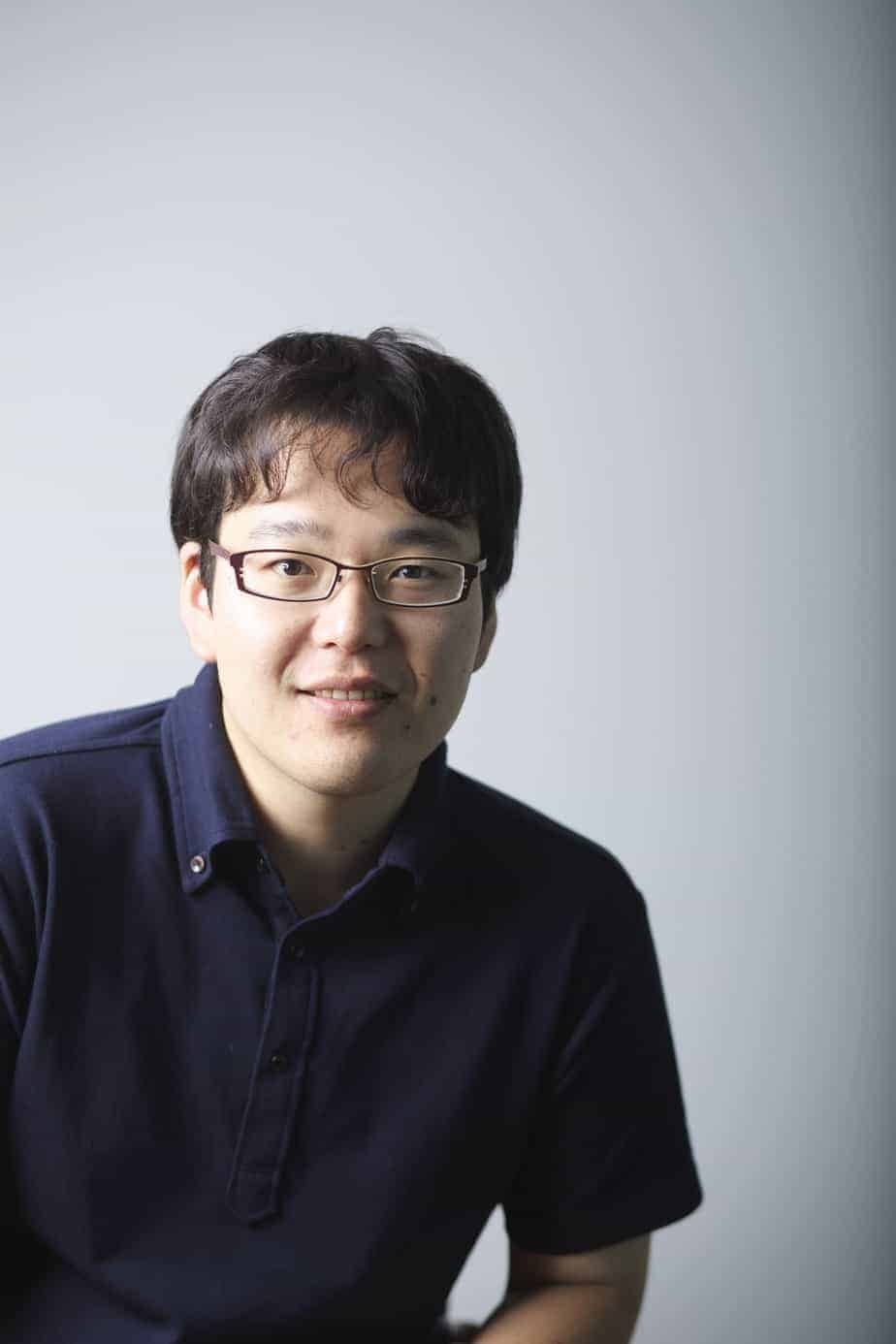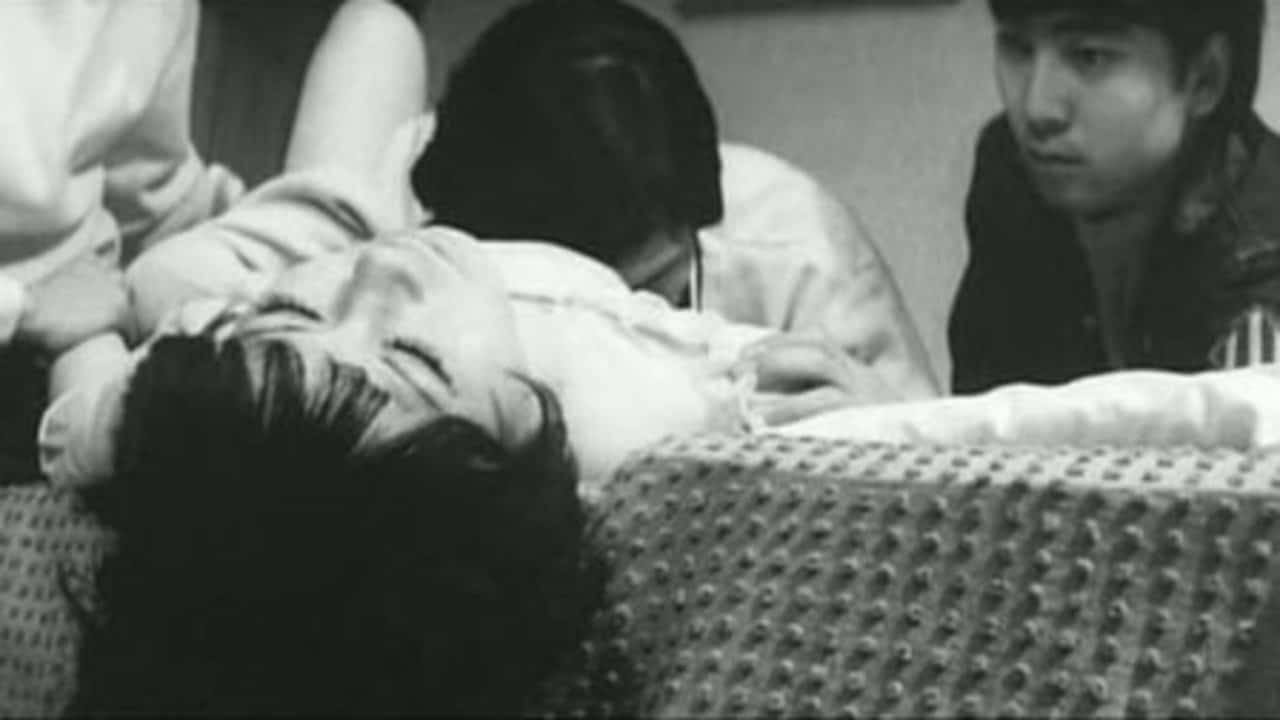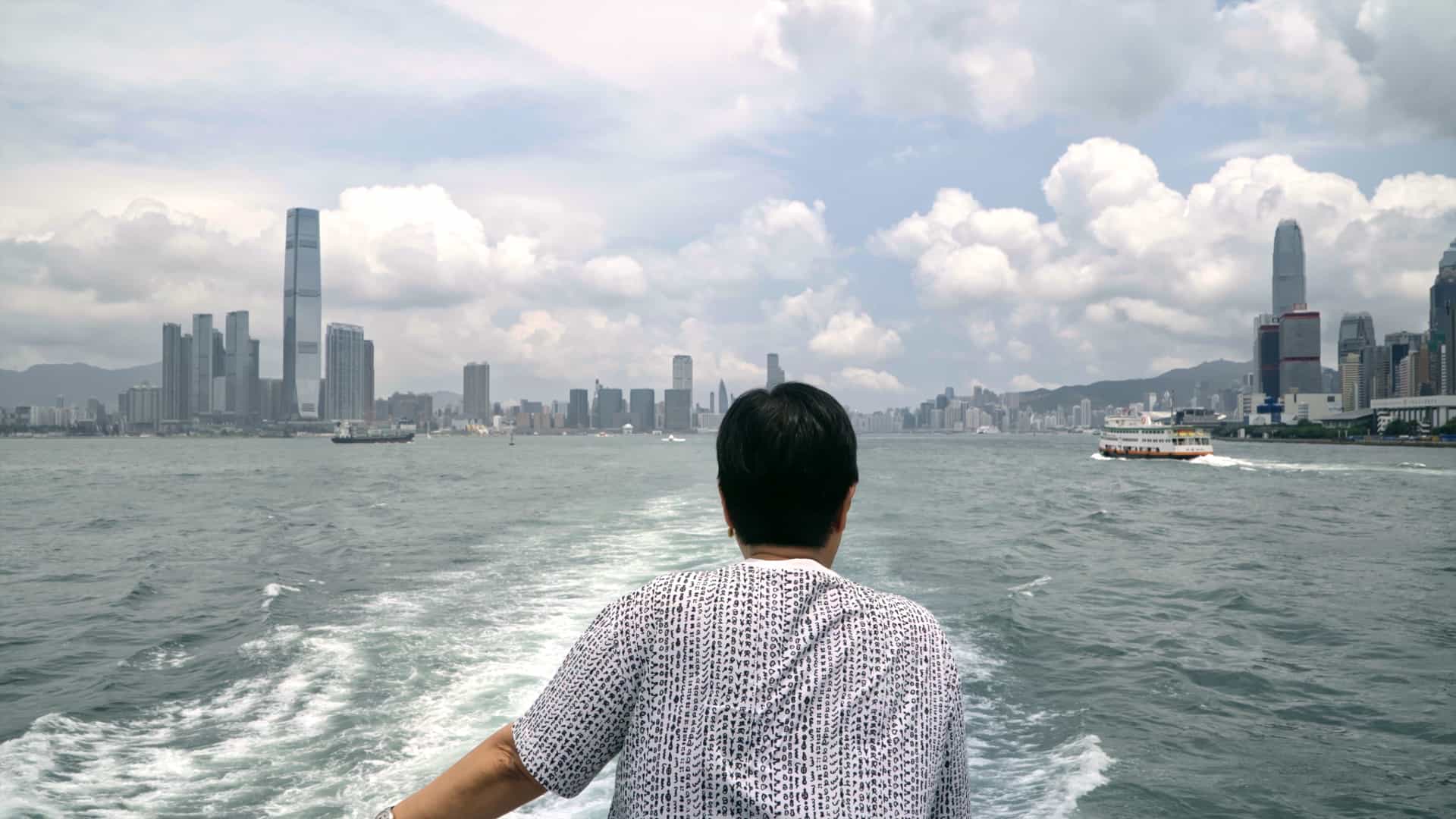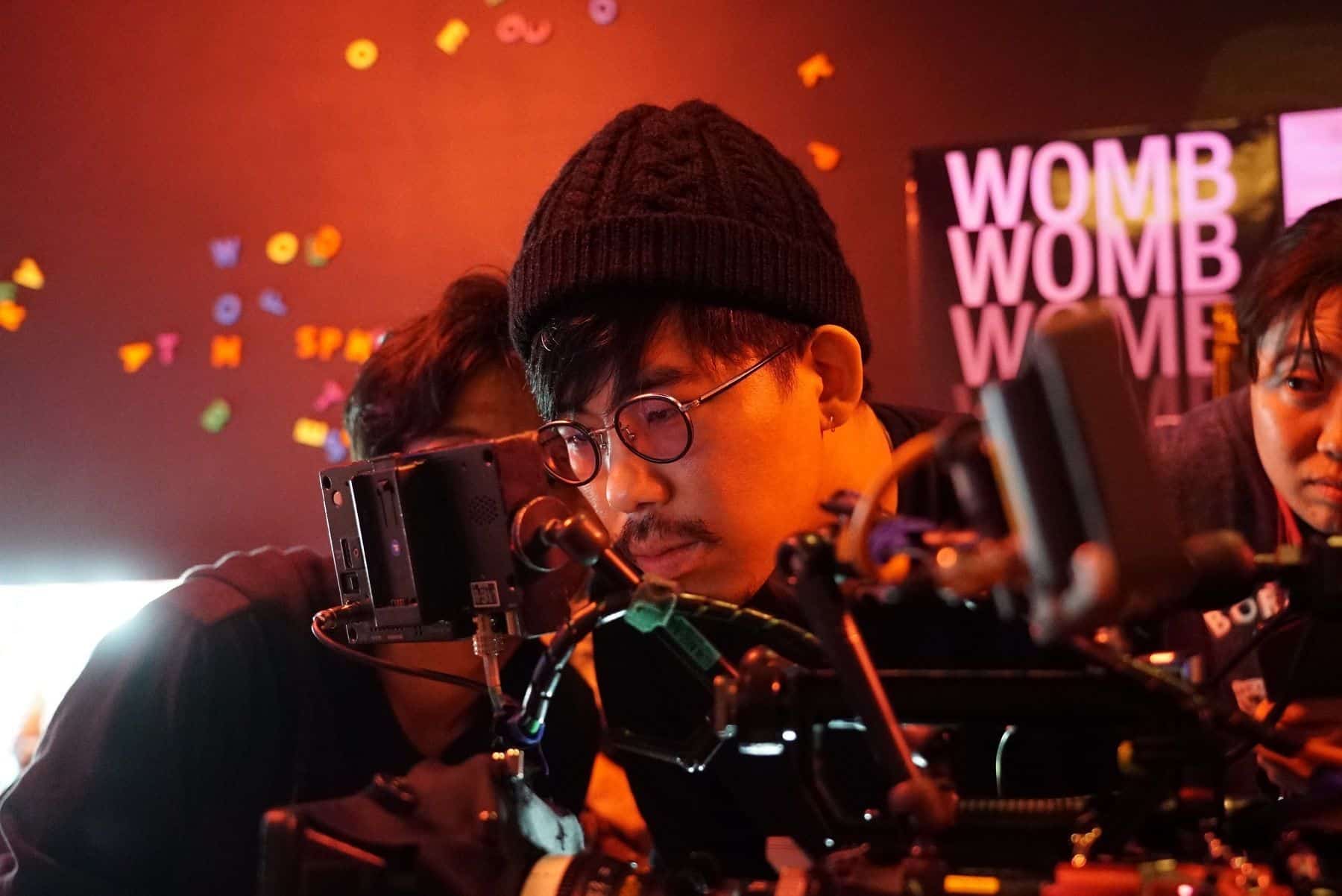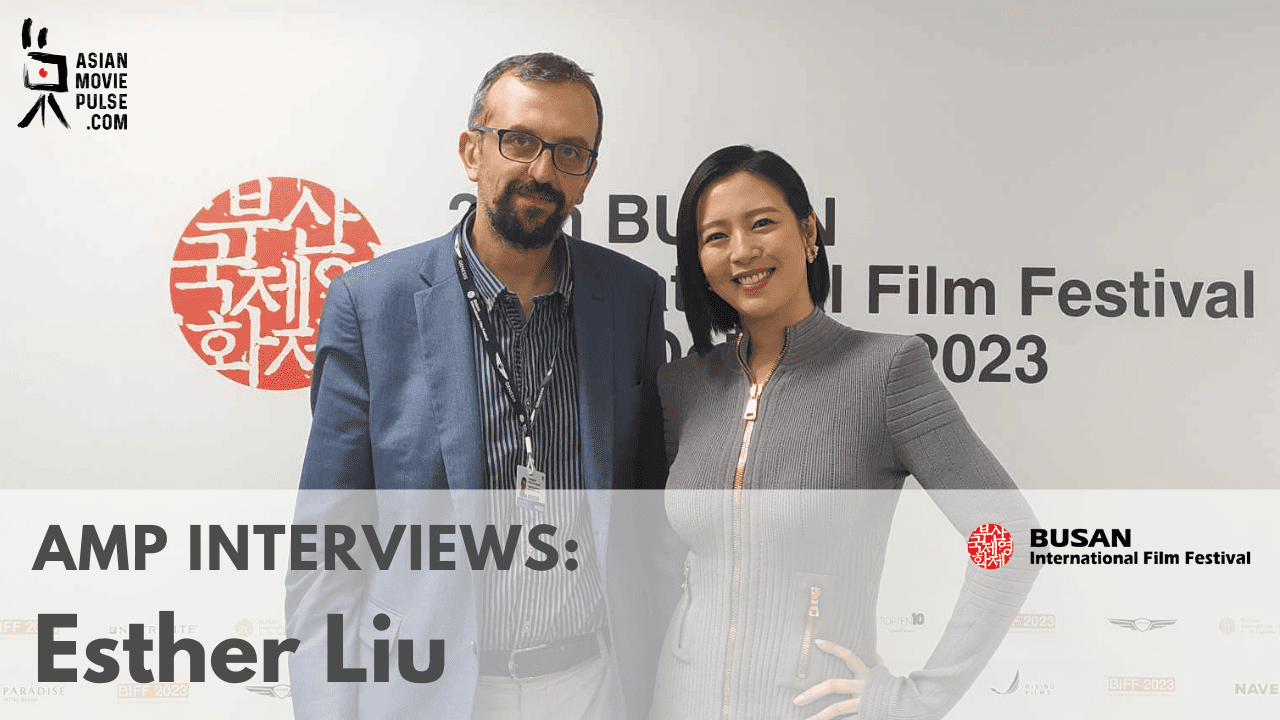Tadashi Nagayama was born in Kanagawa in 1983. After graduating from the Faculty of Arts at Tokyo Polytechnic University, he experienced various works as an assistant cameraman.
The first movie directed by him, “Tobihi”, won a prize at Pia Film Festival in 2012. “Journey of the Tortoise” was a big success in the international festival circuit and won the Grand-Prix at Yubari International Fantastic Film Festival. “Being Natural” is his latest project
On the occasion of the film screening at Fantasia International Film Festival, we speak with him about the path that led him to the film, his inspirations, the characters in the film, the locations it was shot it, his cast, and other topics

Your first feature, “Journey of the Tortoise” was a big success in the international festival circuit. How did this success help you?
“Journey of the Tortoise” won the Grand-Prix at Yubari International Fantastic Film Festival and I received a subsidy to make the next movie “Being Natural”. I had to start the production quickly because this film had to be screened at the following Yubari Film Festival, one year after receiving this prize.
What inspired you to shoot “Being Natural”? In general, where do you draw inspiration from for your films?
I'm inspired from uneasiness and anger in daily life. More specifically, I think society and the politics today are discriminating against inactive people, who are not favoured with opportunities. The main character in this film is a middle-aged man with no steady job, no dream, and not willing to build a family. I wanted to show that even someone who is considered unproductive and useless for society, also has his own definition of happiness.

The film mocks a number of aspects of Japanese society, but particularly the way the Tokyo people perceive the rural part of the country. Can you elaborate on this concept? Do you think they are such hypocrites?
Some city dwellers aspire to live in the countryside, dreaming of having a slow life in beautiful nature. But there are many failure cases. Actually, it's not easy to get neither enough income nor adapting with locals. Many of them leave, discouraged.
Also, you might feel that this film criticizes the people who practice macrobiotic and vegan diet, but it's wrong. What I criticize is those who believe in their own justice and impose it to the others. This film isn't concerned with any religions, business, philosophy or animal protection. No matter what it is, the problem is the way of using its justice.
What common elements do your characters share?
The common element in my characters is that they don't have any place to belong. These are the people who have difficulties in society, such as having hard time in school life or difficult relationship at work. I wish my films could be a counter-attack to the intolerant society, and also to be kind to people.
The film deals with realistic events, but does so in surrealistic fashion. Why did you choose this approach, and why do you feel it is so common in the Japanese film industry?
I think films can be made more freely. We don't have any movie like “Being NaturalL” in commercialized Japanese films today. I think we could see it in movies made 40, 50 years ago. Filmmakers at that period used to express themselves freely, without any conflict between art and entertainment. Movies reflect the reality, but it should be able to reflect any unreality. I don't want to stop myself by making my own rule.
Can you give us some more details about the scene with the turtle?
I used special modeling (puppet), not CG. A famous special modelling artist in Japan, Tomo Hyakutake made it.
Can you give us some more details about the location the film was shot? Were there any memorable episodes during the shooting, good or bad?
The village with the old house is Ôtaki-machi located at Uchibo-area in Chiba prefecture. The fishing pond is in Hachiôji, in the west side of Tokyo.
There was a distance between these two points, so it was difficult to film at the both places the same day, and also to film for several days staying overnight. But it was worth to take these risks. The fishing pond was full of details so I didn't need to add any artwork on it. The old house's design was fantastic too.

I found both Kanji Tsuda and Yota Kawase give great performances. How did you guide them for their role? In general, how was the casting process for the film like?
I let actors play freely at first, and corrected them when I disagreed, and then suggested to them if I got any new ideas.
I discussed a lot with M. Kawase before shooting. Mostly we filmed in the order of the scenes, so we talked like « Yesterday's scene went this way, so let's do in this way today » etc. I tried to be flexible.
I met M. Tsuda at the screening of «Journey of the Tortoise» at Yubari Film Festival. He liked my movie, and told me he'd like to be in my next film. He uses a different approach from M. Kawase's, but they both act thinking about the whole film, not only about their own roles. It was very interesting to feel we made a film together, not just having them performed in my film.

What is your opinion about the Japanese film industry at the moment?
No comment.
Are you preparing any new projects?
I'm preparing two projects.
The first one is a story about a family of someone considered an absolute villain in society.
The second one is a horror movie inspired from Sagamihara stabbings.


